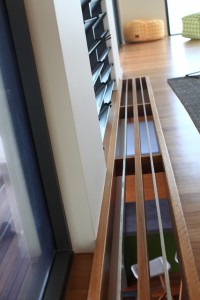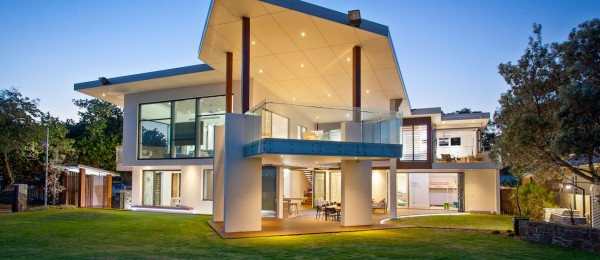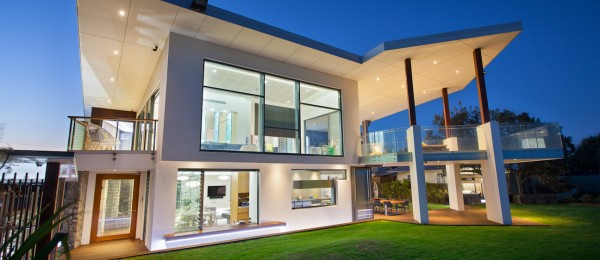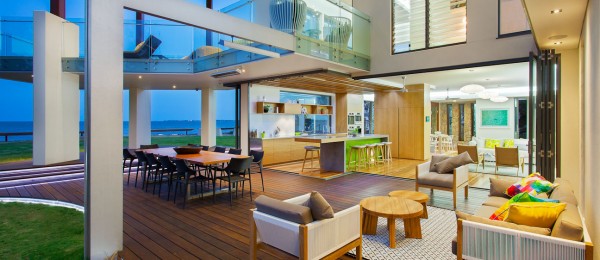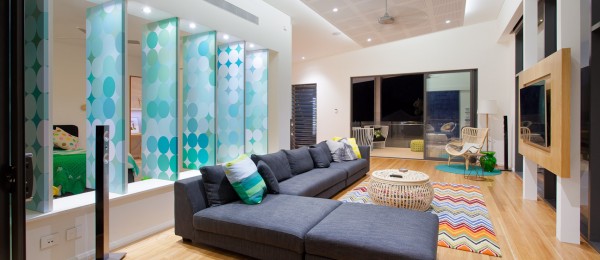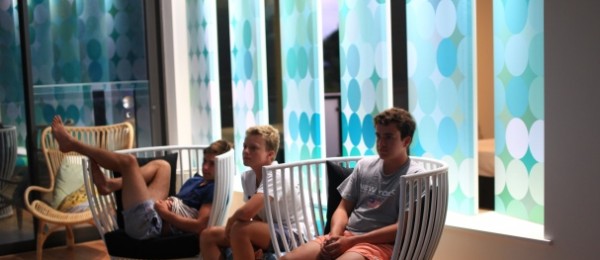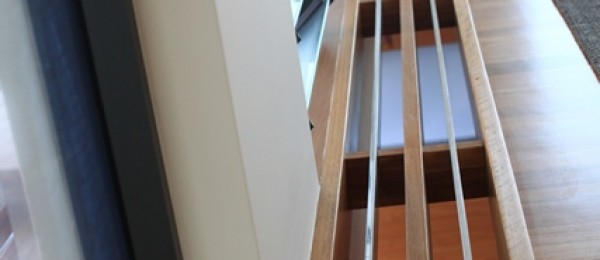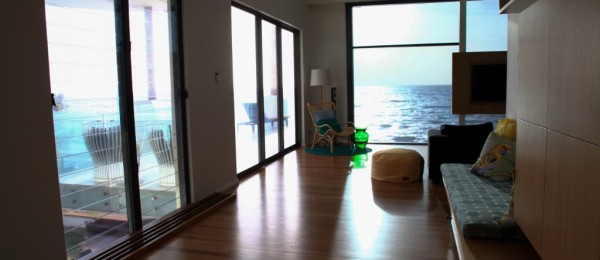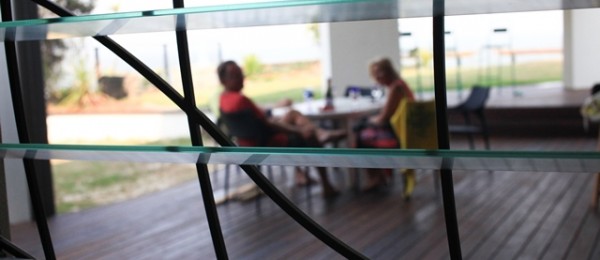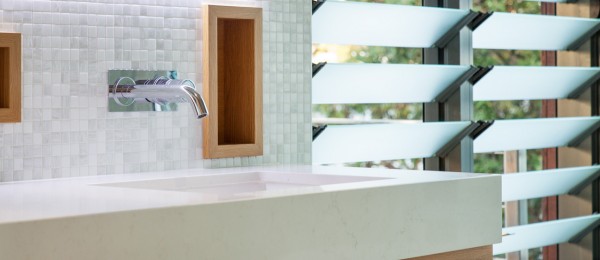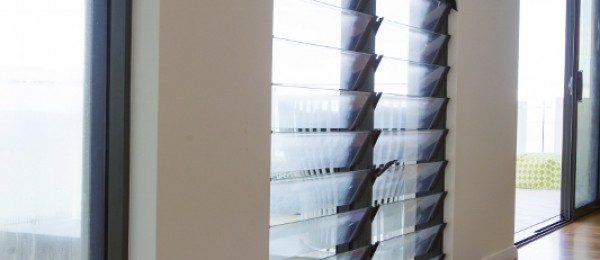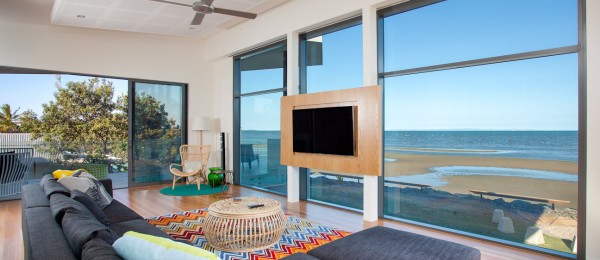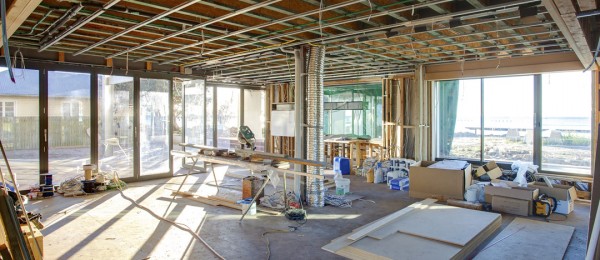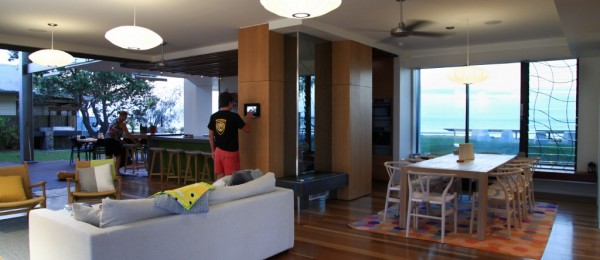Passive heating and cooling
The alternative to energy hungry air-conditioning
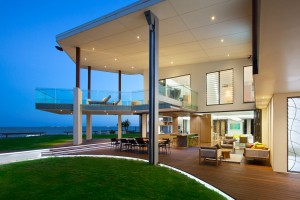 Perhaps the most notable, but intentional omission of this luxury home is the selective exclusion of a power burning electric air-conditioning system. Cooling and heating systems, like traditional air conditioning units or ducted air, produce large amounts of greenhouse gas emissions and place considerable demand on the electricity grid.Whilst this would most often be considered a “standard” inclusion in high-end homes,
Perhaps the most notable, but intentional omission of this luxury home is the selective exclusion of a power burning electric air-conditioning system. Cooling and heating systems, like traditional air conditioning units or ducted air, produce large amounts of greenhouse gas emissions and place considerable demand on the electricity grid.Whilst this would most often be considered a “standard” inclusion in high-end homes,
The Beachmere Project has proudly committed itself to delivering a cost effective and environmentally efficient alternative to expensive and eco-damaging air conditioning.
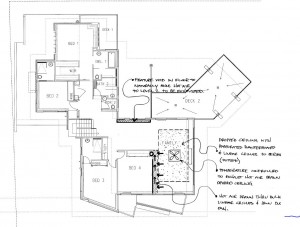
A meticulous attention to passive design features within The Beachmere Project, combined with a unique environment management control process, has effectively eliminated the need for extensive, power hungry, heating or cooling options. Most Australian homes need heating or cooling at some time of the year. In some areas this accounts for up to 40 per cent of household energy use. Each degree of extra heating in winter or cooling in summer can use 5 to 10 per cent more energy costs to your power bill. The Beachmere Project model aimed to best manage the idealistic location, natural breezes and airflow to assist in the this climate control.
The “Heat” shift Concept
The unique “heat shifting system” adopted in this project operates fans that pump air through hidden internal ducting, re- directing warm or cool air to different areas of the home as needed. The system is cost-effective to install and low-cost to run, effectively reducing the carbon footprint. The KNX system cleverly manages concealed, energy efficient, floor or ceiling exhaust fans to effectively move air through the home. This combined with other eco-smart design features such as the thoughtful orientation of the home, high ceilings and open-plan design, airflow direction, floor voids between levels, operable dividing walls, bi-fold door/window systems, automated doors to section of unused areas, sealed louvered windows and high performance glazing, all contribute to effectively controlling the internal temperature of the home in an energy conscious way.













